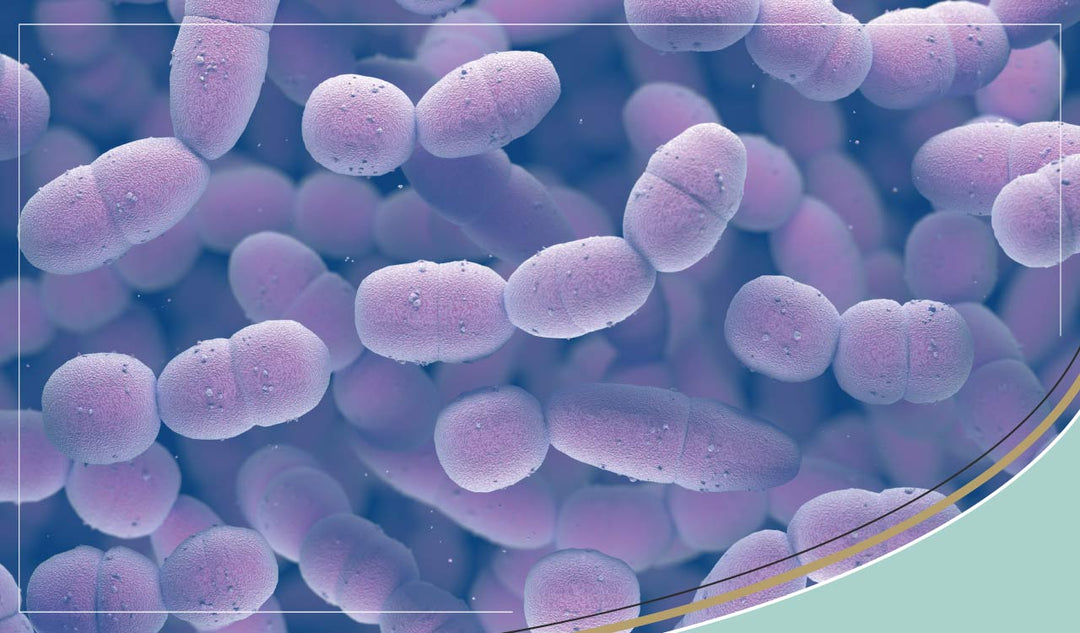Is the answer to fighting pathogens connected with bioelectricity? Promising new research suggest this is possible by using drugs to changing electrical charge of cells. Studies have been performed in frogs.
What is remarkable about the studies is the fact they have used existing medications. The drugs, which are approved for use in humans, were used to eliminate an Escherichia coli infection in frogs. The action of the drugs triggered a reversal of the electrical charge in the cells of the frigs, wiping out the pathogen.
For the study drugs that either depolarize (positively charge) or hyperpolarize (negatively charge) cells were tested. It was found that the negative charge effect is of significance. The drug that achieved this in an optimal way was one called ivermectin. Ivermectin is a medication effective against many types of parasites, such as head lice, scabies, river blindness, strongyloidiasis, and lymphatic filariasis.
Wiping out bacteria
As the lead researcher, Dr. Michael Levin explains: "All cells, not just nerve cells, naturally generate and receive electrical signals." He adds that by "being able to regulate such non-neural bioelectricity with the many ion channel and neurotransmitter drugs that are already human-approved gives us an amazing new toolkit to augment the immune system's ability to resist infections."
 Bioelectricity
BioelectricitySuch electric fish produce their electrical fields from a specialized structure called an electric organ. This is made up of modified muscle or nerve cells, which became specialized for producing bioelectric fields stronger than those that normal nerves or muscles produce.
The combination of ivermectin and bioelectricity led to the proportion of embryos the bacterial increasing average 32 percent. This was compared tadpoles not given the drug. Here, with the untreated tadpoles, the mortality in untreated rate was 50 to 70 percent.
 It is hoped the developed will lead to a new understanding of innate immunity can lead to new developments for fighting pathogens, especially new ones from which there is no adaptive immune system memory. The longer-term aim is to develop a treatment for people by manipulating the bioelectric microenvironment through new combinations of depolarizing drugs. Before doing so a greater understanding is required of how and why bacteria respond to the changes to cell environment and why they find these changes inhospitable and potentially destructive.
It is hoped the developed will lead to a new understanding of innate immunity can lead to new developments for fighting pathogens, especially new ones from which there is no adaptive immune system memory. The longer-term aim is to develop a treatment for people by manipulating the bioelectric microenvironment through new combinations of depolarizing drugs. Before doing so a greater understanding is required of how and why bacteria respond to the changes to cell environment and why they find these changes inhospitable and potentially destructive.The research has been published in the journal npj Regenerative Medicine, under the title "Bioelectric regulation of innate immune system function in regenerating and intact Xenopus laevis."




















